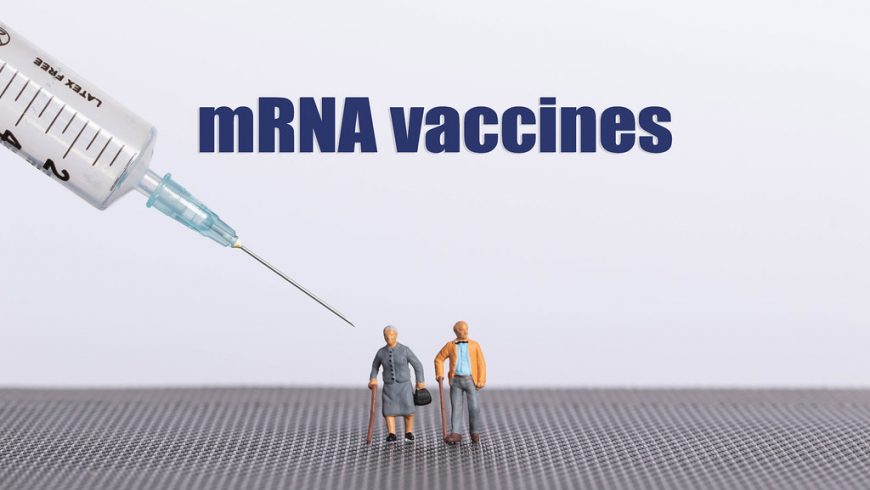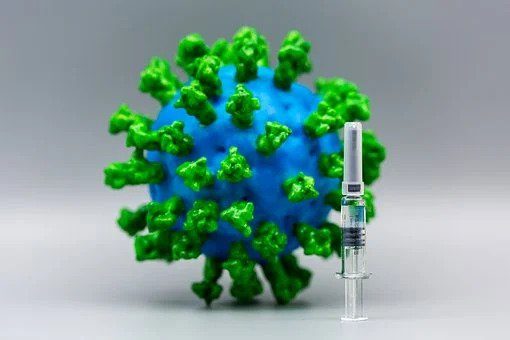Research Highlights
mRNA vaccines to combat malaria
Malaria is a mosquito-borne febrile disease of human caused by haemoparasites of Plasmodium spp.. The disease is prevalent worldwide and the estimated number of cases across the globe is 241 million annually. In 2020, the numbers of death in the world due to malaria was 6,27,000. Although there are therapeutic agents to cure this disease, the drugs cannot give 100% protection. One of the effective ways to prevent infectious diseases is through vaccination. There are several experimental malaria vaccines with certain limitations. However, after the success of SARS-CoV-2, mRNA vaccine is now a game changer in the world of vaccine, and recently scientists from George Washington University have designed two mRNA vaccines against malarial parasites. The mRNA vaccine candidates express the immunogenic proteins, Pfs25 and PfCSP. Both the vaccines are effective either singly or in combination. The vaccines were evaluated in mice model and it was observed that the vaccines could induce strong immune response against malarial infection. The antibodies produced by the vaccines could also reduce the transmission of the parasites to healthy mosquitoes which is another advantage of these vaccines. Moreover, the investigating team also reported that the designed mRNA vaccines are superior to other nucleic acid-based vaccines (DNA vaccines expressing the same proteins). In their next move, the mRNA vaccines will be further studied in non-human primates before human clinical trials.
Sources:
- mRNA-LNP expressing PfCSP and Pfs25 vaccine candidates targeting infection and transmission of Plasmodium falciparum. Vaccines (2022).
Silver nanoparticles-‘The Guardian of Kiwifruit’
Kiwifruit or Kiwi or Chinese gooseberry is a popular fruit that is consumed across the globe. Its popularity is due to its favour and high Vitamin C content, along with fibre, antioxidants and other health benefit nutrients. It has several health benefits and increases immunity. It has high economic value; however, kiwifruit rot disease hampers the international market. In china, about 30-50% fruits are infected with post-harvest rot diseases which severely damage the kiwi industry. Therefore, to overcome this problem, researchers from Chinese Academy of Sciences and Nanjing Agricultural University, China tested different concentrations of silver nanoparticles (AgNPs) against four kiwi rot pathogens. It was observed that AgNPs at 75 ppm could effectively inhibit the spore germination and mycelial growth of four pathogens (Pestalotiopsis microspora, Alternaria alternata, Botryosphaeria dothidea and Diaporthe actinidiae) associated with kiwifruit post-harvest rot. AgNPs cause leakage of intracellular molecules by increasing mycelium’s cell membrane permeability. Moreover, the AgNPs cause degradation of cellular and organelle structures. Above all, it was observed that there no residue of Ag+ on the peel and flesh of kiwi. Thus, AgNPs could be an alternative to protect kiwi or other fruits from fungal infection.
Sources:
- The antifungal activity and mechanism of silver nanoparticles against four pathogens causing kiwifruit post-harvest rot. Frontiers in Microbiology (2022).
Novel way to increase expression of synthetic mRNA
RNA gets degraded very easily compared to DNA because of its structural property which is one of the challenges in designing mRNA-based vaccines or drugs. Addressing this issue, synthetic biologists from the Hong Kong University of Science and Technology (HKUST) have developed a method to increase the expression of proteins by synthetic mRNA. They have designed a special tail of mRNA with cytidine (non-A nucleotides) that enhances mRNA life span and expression efficacy. Such non-A nucleotide tail mRNAs are protected from catalytic degradation of CNOT proteins because of its lower efficiency in trimming of cytidine.
The tail optimized mRNA can produce up to many times more protein than mRNA with un-optimized tail. Moreover, the tail optimized mRNA could express a protein for longer duration. Such tail optimized mRNA could produce higher amount of protein for longer duration both in in-vitro and in-vivo conduction. This discovery would lower the cost involved in mRNA vaccines or drug production as well as the number of doses (injection) of mRNA vaccines or drugs could be reduced.
Sources:
- Cytidine-containing tails robustly enhance and prolong protein production of synthetic mRNA in cell and in vivo. Molecular therapy Nucleic acids (2022)
First in-human test report of a novel HIV vaccine
Human immunodeficiency virus (HIV) is the causative agent of Acquired immunodeficiency syndrome (AIDS) which is a retrovirus. There are almost 40 million live cases of HIV across the world and in 2021, HIV took more than 6,50,000 lives and about 1.5 million new HIV patients are detected annually. There is no treatment and vaccine against HIV; therefore, the best way to fight the disease is to live a heathy life and take all necessary precautions so that the disease is not transmitted from an infected person. The most difficult task in developing a HIV vaccine is to stimulate the immune system to produce the broadly neutralizing antibodies (bnAbs). However, the first report of human clinical trial of a HIV vaccine that induces bnAb-precursor responses has been revealed. The HIV vaccine candidate eOD-GT8 60-mer nanoparticle adjuvanted with AS01B has been tested in 27 individuals. The results revealed that the germline-targeting priming immunogen could induce bnAb-precursor responses in 97% recipients and also it was found to be safe. This is the first clinical proof of concept to combat HIV infection by using germline-targeting vaccine that can induce bnAbs. Moreover, the outcomes of this investigation have paved the path to design germline-targeting vaccines for other pathogens that mutate very rapidly.
Sources:
- Vaccination induces HIV broadly neutralizing antibody precursors in humans. Science (2022).




